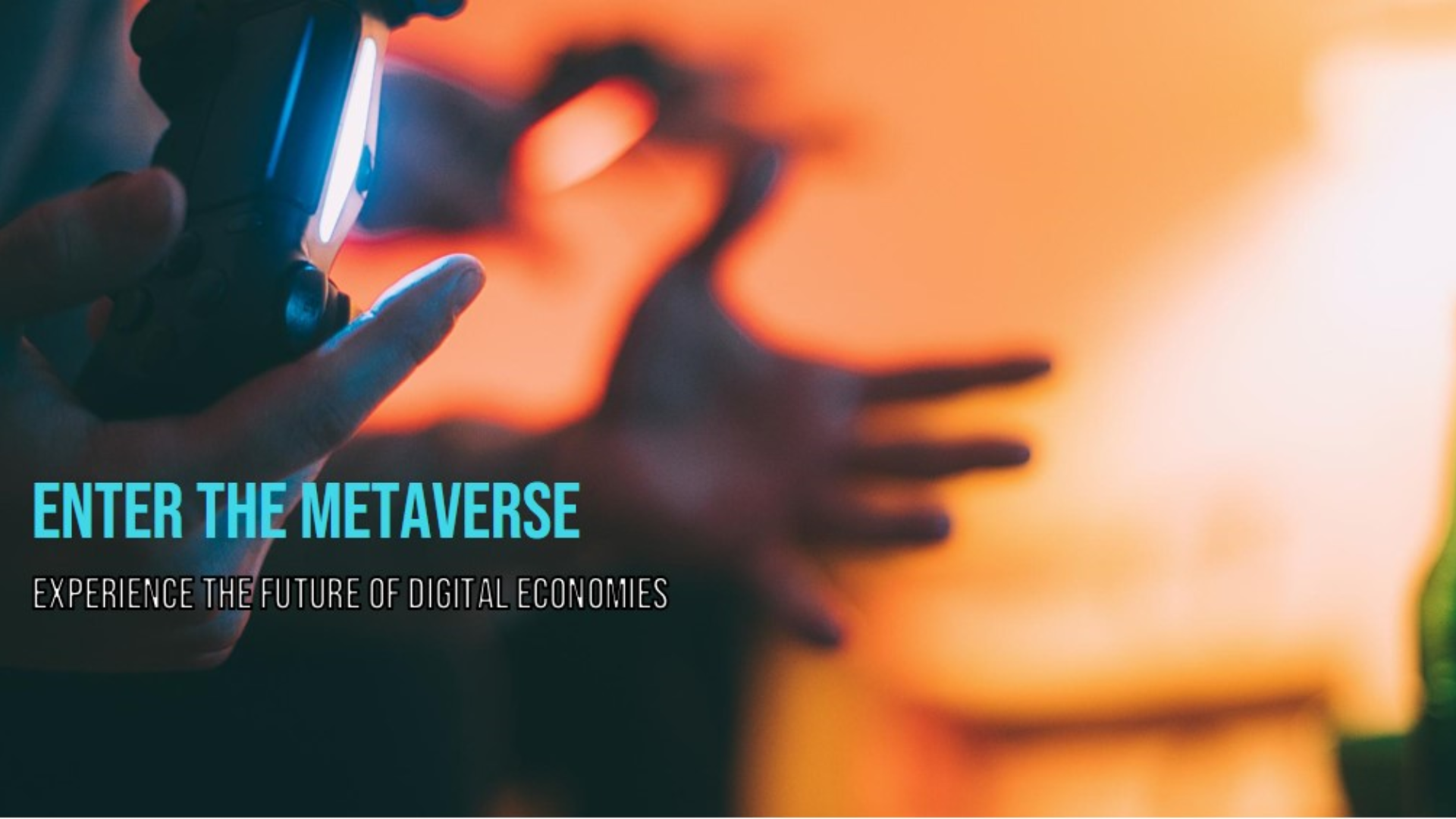It is now impossible to discuss growth and development of technology while omitting the metaverse. In this case, metaverse can be described as a confluence of virtual reality, augmented reality, block chain solution, as well as social networking platforms that would afford endless chances of interacting, innovating financially, and networking in virtual worlds. In the next article to be analysed, we look into the potentials of the metaverse.
Understanding the Metaverse
The term metaverse was first used by Neal Stephenson in his 1992 novel “Snow Crash,” where it referred to a virtual reality based successor to the Internet. Currently the metaverse interrelates a large number of virtual worlds, environments and experiences where people and objects can communicate in real time.
Buildings the blocks of the metaverse
- Virtual Worlds: These are virtual spaces that have been designed and created in such a way that people can visit and engage with their avatars. Virtual worlds can be as realistic as the physical world or as fancy as designed by human creativity.
- Digital Economies: Metaverse refers to an environment that allows for creation, exchange, and trading of virtual assets, currencies, and goods. Solutions offered by block chain include guarantees of the transaction and ownership, which create the basis for the decentralised economy.
- Social Networking: Another key feature of the metaverse is social activity since people join, share information, and work together instantly. Online parties, meetings, and groups encourage people to feel like they are a part of a bigger community.

Metaverse Development and Innovation
The development of the metaverse is based on the orientation towards new technologies, new solutions, new opportunities, creative imagination of developers, designers, and innovators all over the world. Key areas of innovation include:
Virtual Reality (VR) and Augmented Reality (AR): Digital technologies mentioned above offer lifelike, interactive and cross-modal interactions, disassociating fixed physical environments. From tele and video conferencing to virtual gaming to leisure and entertainment, VR & AR are leading charge towards the Metaverse.
Blockchain and Cryptocurrency: Cryptographically, the blockchain is deployed within the metaverse context to provide a decentralised environment for the seamless exchange of value, secure ownership of digital assets, and fair decision-making structures. This is so because cryptocurrencies and non-taxonomic tokens (NFTs) are a central part of virtual economies, which make it possible to purchase, sell, and exchange virtual objects and services.
Artificial Intelligence (AI) and Machine Learning: Applying AI technology, relationships between the user and the content shall be improved by making them personal, predict user movement, and improve the virtuality of the metaverse. Application solutions alike avatars, chatbots, and virtual agents enhance lifelikeness in virtual environments.
Implications of the Metaverse
The development of the metaverse has far-reaching implications across various domains, including:
- Economy: Marketing within the metaverse as a social extension of the internet is in lockstep with some of the fastest-growing sectors such as virtual enterprises, digital financial markets and Decentralize Finance (DeFi).
- Social Interaction: The metaverse recognizes no physical borders and limitations, and thereby serves as a wonderful platform for people from all over the world to interact, exchange ideas and even collaborate creatively. In the age of the internet, virtual meetings or virtual conferences, and more, including social, cultural, and business-oriented occurrences or gatherings, the nature of human interactions has been altered.
- Education and Training: The applications of the LMS in virtual learning related to the metaverse are as follows: Virtual education with the aid of advanced and enhanced teaching platforms enables the students to interact with the content and their fellow learners with ease while providing hands-on experiences in the various fields.
- Entertainment and Media: It is changing the entertainment and media consumption in ways that are not only unique, but resemble a blank piece of paper, with potential of creating personalized content, telling stories and letting the participants be the heroes of the game in gaming, streaming, music, and virtual events.
Conclusion
While the evolution and growth of the metaverse make it an entirely new concept, it is a complete revolution in the way one would perceive Digital Technologies. As a space catering for billions of users, with endless opportunities for innovation within the realms of both creativity and business, the metaverse is set to revolutionise the digital age across all areas of economy and lifestyle. It was impossible to begin this exploration into the virtual frontier without a feeling of great anticipation and excitement knowing that the only thing that will limit our progress will be the extent of our creativity.



